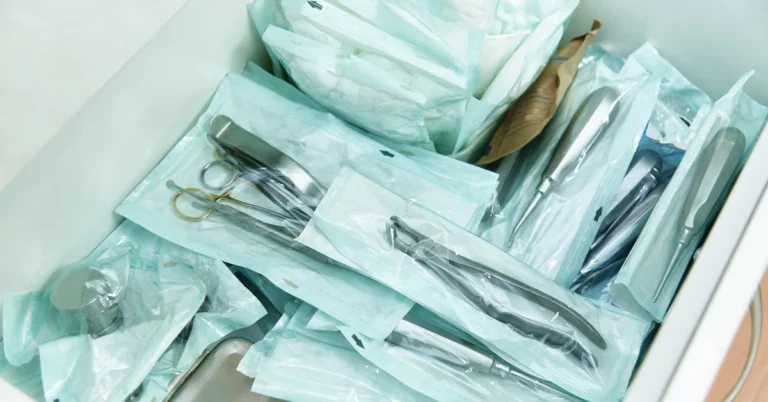Sustainable Labeling: How to Choose Greener Labels
These days, consumers and many manufacturers are realizing the merits of going green. Not only are eco-friendlier packaging options good for the planet, but they’re good for your reputation and your bottom line. In a recent Consumer Brands/Ipsos poll, 84% of respondents said they were concerned about waste from plastics and packaging. Recycling is at the forefront of their minds,…

